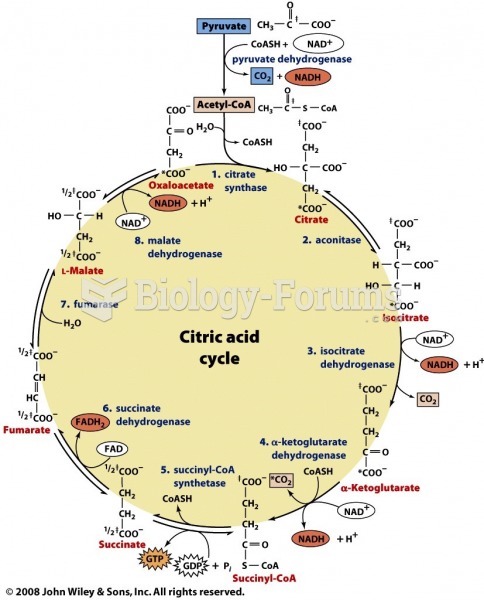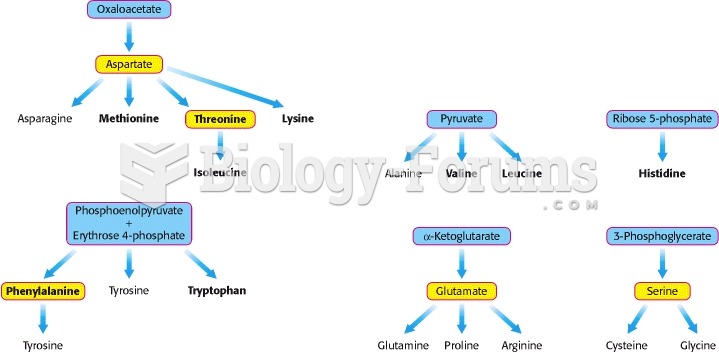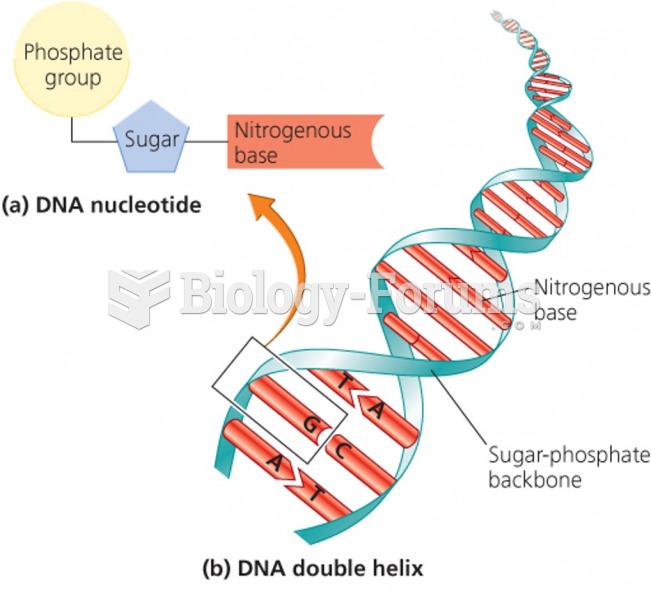This topic contains a solution. Click here to go to the answer
|
|
|
Did you know?
Interferon was scarce and expensive until 1980, when the interferon gene was inserted into bacteria using recombinant DNA technology, allowing for mass cultivation and purification from bacterial cultures.
Did you know?
Everyone has one nostril that is larger than the other.
Did you know?
If all the neurons in the human body were lined up, they would stretch more than 600 miles.
Did you know?
After 5 years of being diagnosed with rheumatoid arthritis, one every three patients will no longer be able to work.
Did you know?
Increased intake of vitamin D has been shown to reduce fractures up to 25% in older people.







